Whether we try and get our heads around it and fail – or simply cannot comprehend the scale of time involved – the world we live in will not exist during our lifetime only.
In fact, you and I are only the tiniest speck – a speck on the side of that speck, even – in the timeline of this inconceivably old world, which stretches millions and millions of years into the past and future alike.
We need to understand that the world doesn’t belong to us – it belongs to someone yet to come, one simply touches a shred of eternity.
To ensure our descendants inhabit a world worth living in, we need to make proper use of sustainable resources.
Today we shall take a look at our Top 11 Green Building Materials, which we believe will play a vital role in continuing construction whilst reinforcing our planet for a sustainable future.
Green Building Materials as Concrete Alternatives
1. HempCrete
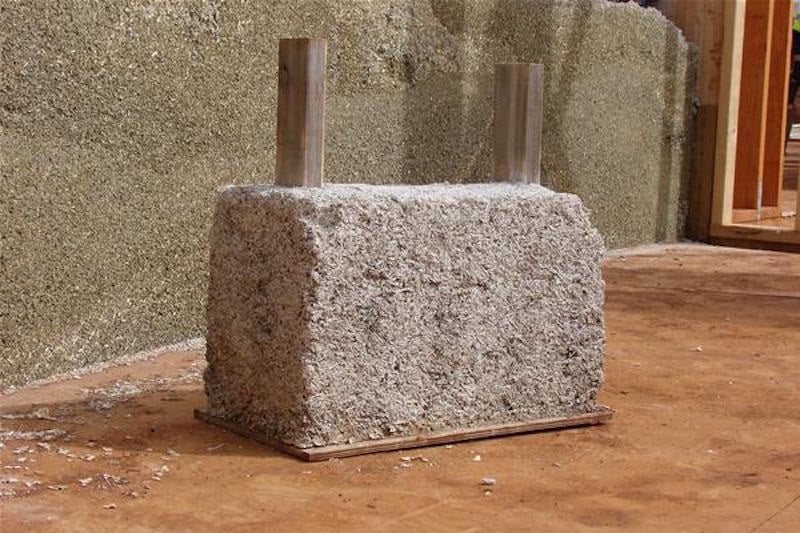
As you likely know, the Hemp plant has many uses – and they’re all fairly funky in one way or another. It’s a totally renewable resource that gets a lot of bad press for no good reason, yet you may not know that one of its main uses is in construction.
HempCrete is created by processing the woody inner fibers of the hemp plant.
By mixing these fibers with lime, a material is created that is similar in both strength and structure to concrete.
However, one characteristic that makes HempCrete a truly excellent alternative building material is its ultra-lightweight properties.
This also makes it drastically simpler to transport and reduces the cost of running that transportation.
The reason it makes our Green List is the fact that the hemp plant grows naturally, and fast as well. For all of these factors, HempCrete is one of the best Green Building materials out there.
2. Bamboo
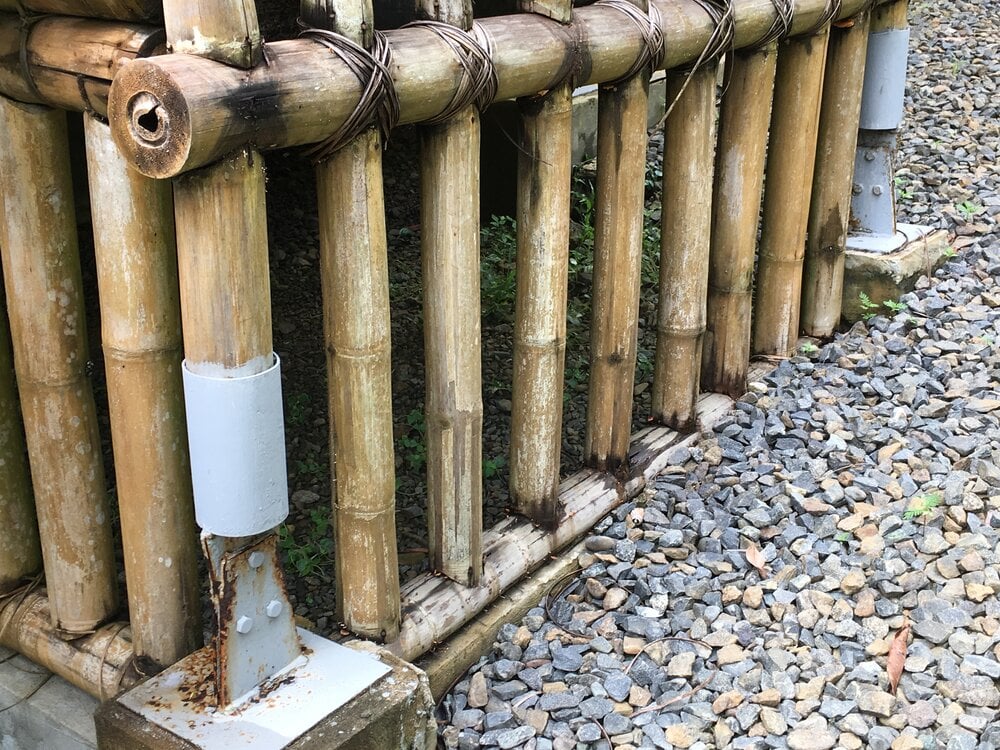
Just like Hemp, the Bamboo plant is highly versatile – it’s not only pandas that take a liking to its sky-high, trademark stems.
Bamboo is a popular food source in Asia and once processed, the bamboo fibers make excellent clothes and towels.
They also offer an excellent alternative for construction materials thanks to their combination of high tensile strength and low density. And just like the Hemp plant, bamboo is fast growing and 100% renewable.
It’s also one of the least expensive building materials out there, making it a key material choice for those constructing in low-income areas as well as rebuilding after natural disasters.
Given the way so many abuse our world, this may prove of vital importance.
3. Recycled Steel
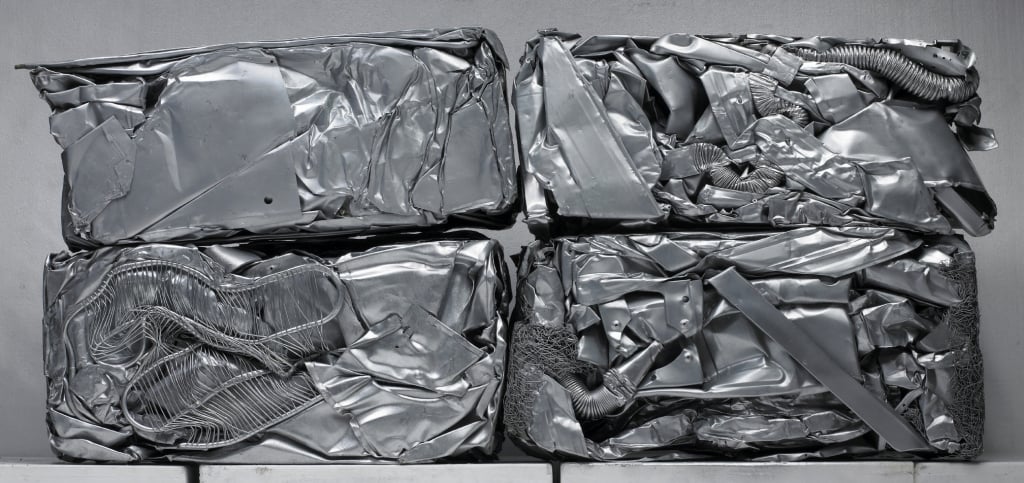
The Recycled Steel industry is formidable, to say the least, with steel standing as the most recycled material in the US.
It’s no close call either, with more steel recycled each year than plastic, aluminum, glass, and paper combined.
The environmental benefits of using recycled steel are many:
Every recycled ton of steel saves 2,500 pounds of iron ore, 1,400 pounds of coal and 120 pounds of limestone.
A frame for a 2,000-square-foot home made of recycled steel needs just six scrapped cars.
The same building made from wood would require 40 to 50 trees.
Old steel shipping containers also play a major role in the modern architectural sphere, as you may have seen in popular home design shows.
Homes constructed from shipping containers make use of a few tons of recycled steel while eliminating the need for materials like cement, wood, and bricks.
If you’re into industrial aesthetics, they fit the bill perfectly with their potential for space station-esque arrangements.
4. Mycelium
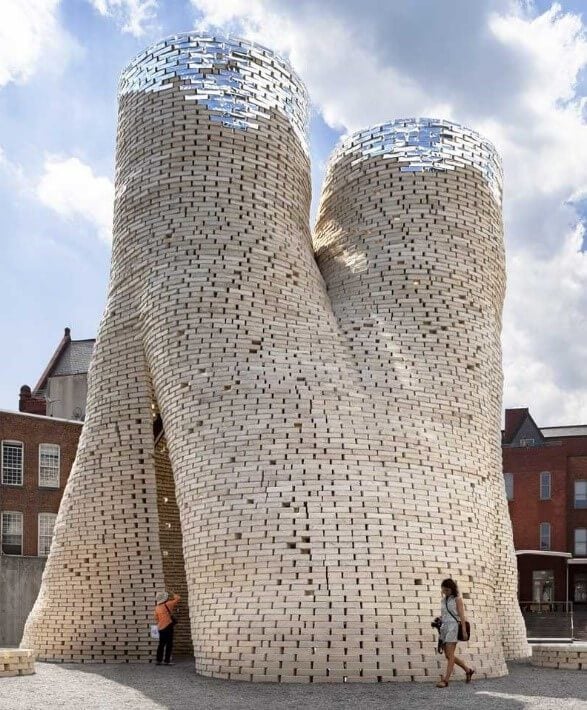
Mycelium is a completely natural unicellular organism that comprises the root structure of fungi. That’s right, mushrooms.
Houses made of mushrooms may seem like something straight out of a science fiction movie – but we suppose that only supports its suitability as a future building material.
Mycelium can be grown around other natural materials such as ground-up straw, as well as in mold.
There is incredible potential for creating bricks or uniquely shaped building segments that are not only strong but lightweight.
In a futuristic world, why shouldn’t we grow our houses? Think about that next time you’re whipping up your mushroom pasta.
5. Straw Bales
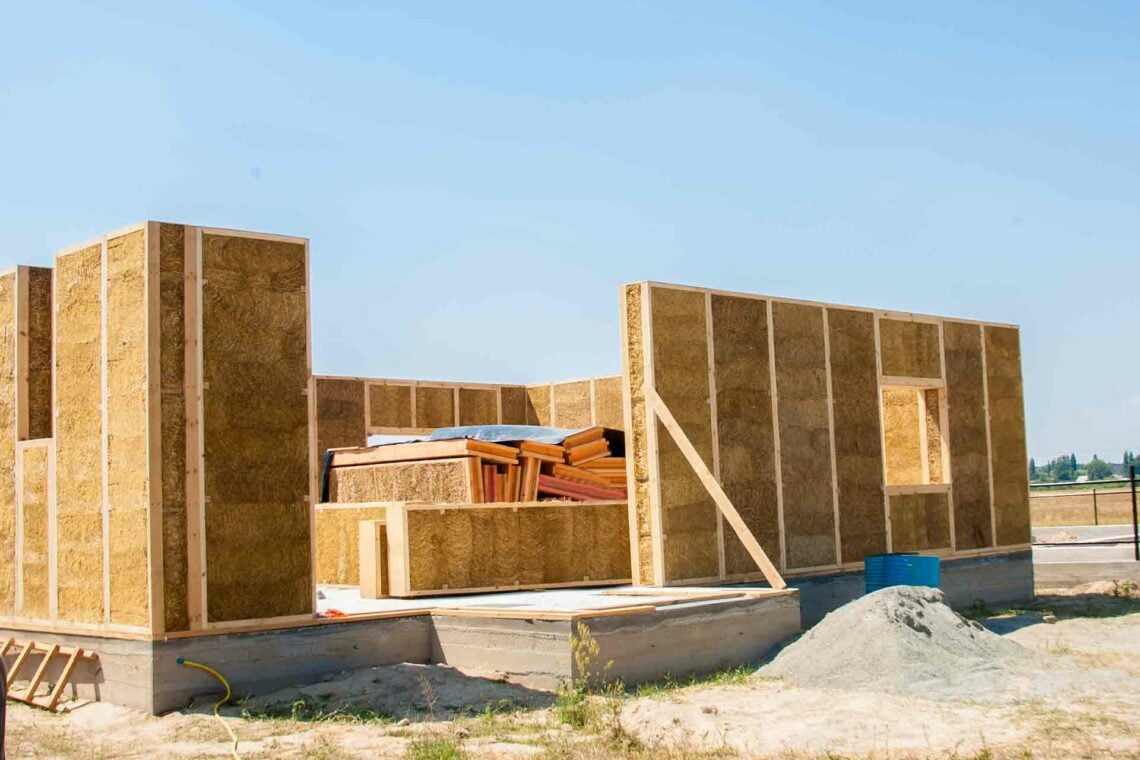
The earliest evidence of straw houses dates back to the Paleolithic Era. And if they were good enough for our prehistoric ancestors, why should we shun their promise?
Many modern homes – usually those made of wood – do already use straw bales to fill the structural frame of the building as a form of insulation.
Their simple, coarse bundling makes for incredibly dense blocks that provide excellent protection against hot and cold weather. They’re also incredibly cheap and totally renewable.
There are some issues that come into play with Straw Bales, however, when confronted by moisture or mold.
Other problems include their potential fire hazard and the perfect opportunity they present as housing for rats, mice, and other rodents.
Yet if the food in the future is scarce, perhaps we will not turn our nose to having vibrant farms for simple snacks built within the walls of our homes.
One of the oldest building materials, Straw Bales may well with some progressive innovation become of the most important in centuries to come.
6. Rammed Earth
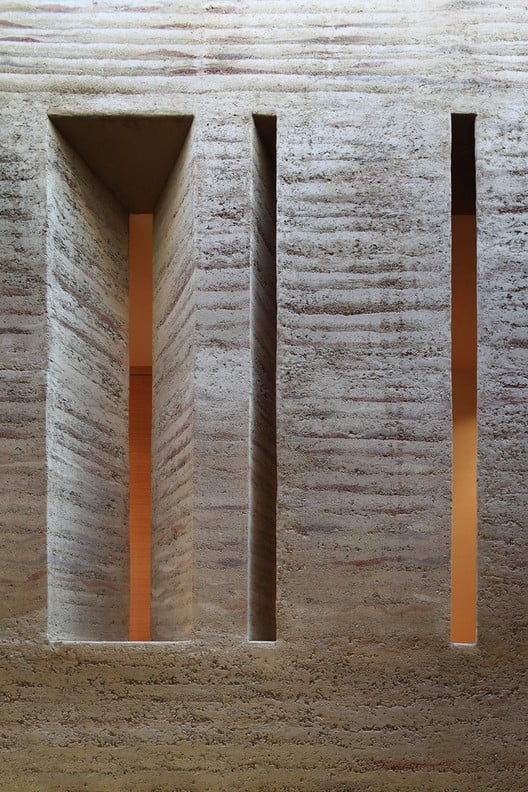
Less of a material and more a construction technique, Rammed Earth is an increasingly popular affordable solution to creating steadfast foundations, floors and walls, using natural materials like chalk, earth, gravel or lime then compacting them.
While not quite as strong as concrete, and perhaps not the best option for the atmosphere-piercing heights of the future’s tallest skyscrapers, Rammed Earth is and will be sufficiently strong for all smaller domestic buildings.
It’s also incredibly cheap and easy to manufacture with the help of modern technology.
7. Timbercrete
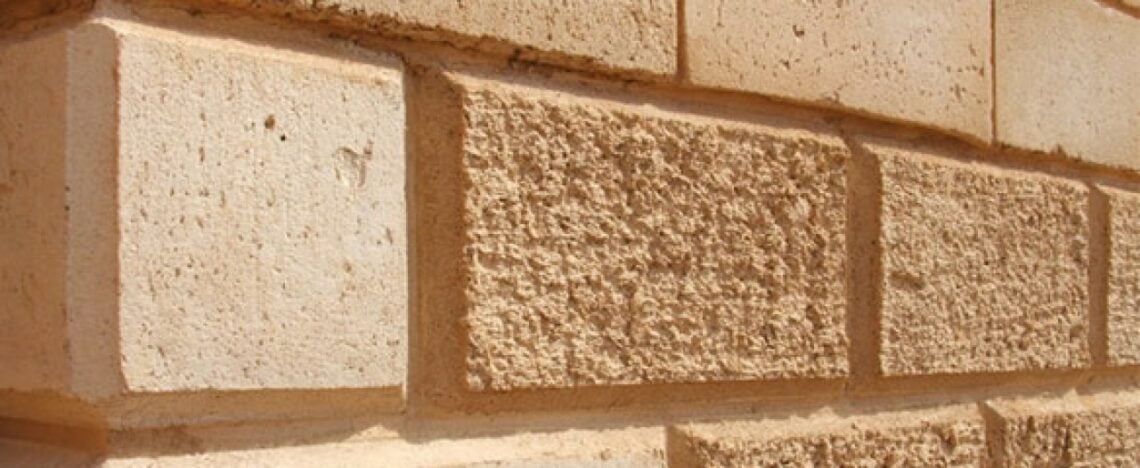
One of the lesser-known materials to make our Green list – at least to the public – Timbercrete is actually a highly established, award-winning, environment-friendly material.
It’s a carefully balanced mixture of concrete and sawdust, which not only helps in reusing waste products but in reducing energy costs drastically.
It is up to 2.5 times lighter than standard concrete or clay blocks, which also reduces transportation costs, and provides better insulation than standard masonry bricks.
8. Ferrock
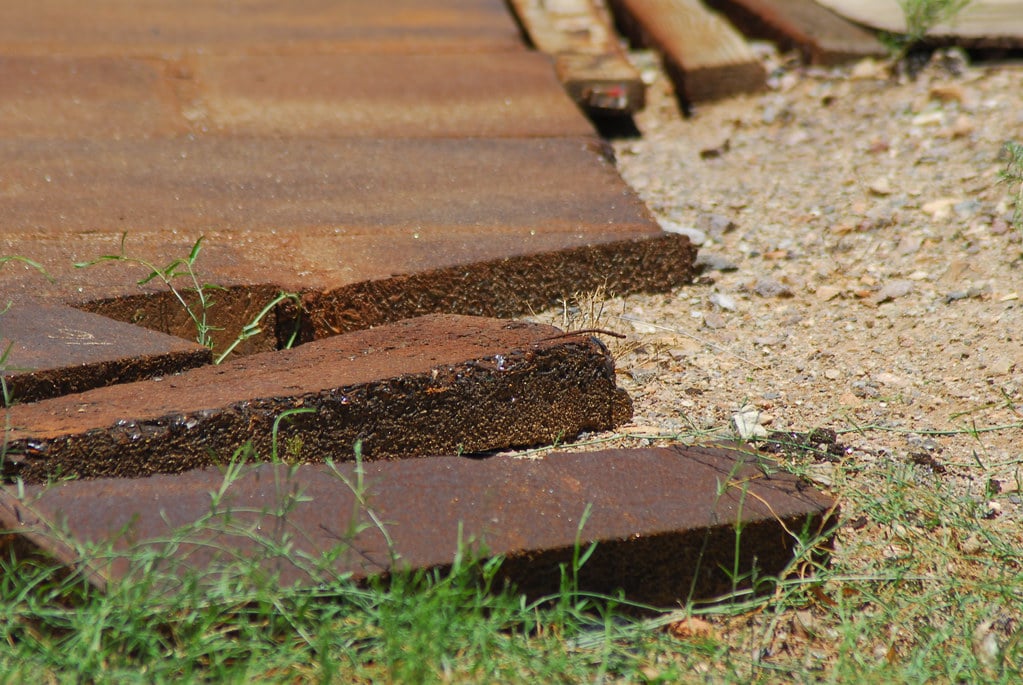
This is a relatively new compound compared to some of the more traditional resources that have so far made our list.
Ferrock is made from a refined steel dust that can be poured and hardened just as cement would be.
Yet it is not only stronger than concrete but more compressible and flexible to boot.
The projected benefit here is increased resilience to earthquakes and other potential disasters.
With the current global climate being one of human-inflicted change, tapping into the resonant quality of buildings may well be essential in battling the amplified elements of future Earth.
And Ferrock may be the vital tool in that architectural transition.
9. Plant-based Polyurethane Rigid Foam
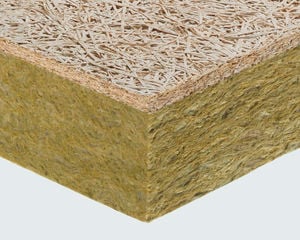
The story of this mouthful of a Green building material is of special interest, to us at least.
It all started when the top manufacturer of surfboard material was fined by the Environmental Protection Agency for the use of a toxic material. As a result, they were put out of business.
A new surfboard material surfaced, one sourced from plants such as bamboo, hemp, and kelp.
It rejuvenated the surfboard industry, yet has since spilled over into countless new manufacturing processes including that of turbine blades and furniture, as well as building insulation.
It exhibits a high resistance to moisture and heat, protection against mold and pests, and excellent acoustics keep the noise in.
With an ever-increasing impetus upon noise pollution, as well as personal privacy and protection against nosy neighbors, the two-way sound disarming power of this material may make it an incredibly popular green material of the future.
10. Grasscrete

Another feature on our Green list that is not strictly a material, Grasscrete refers to a unique method of laying concrete flooring with open patterns. We’re not sure who is responsible for the naming process, and we wish them all the best in recovering from their head injury.
This has two benefits.
One, it allows grass and other flora to grow inside the openings.
Two, it improves rainwater absorption and drainage.
The potential for minimizing the suffocation of our earth by our need to build more and more and more is, therefore, rather significant. Not to mention that it looks quite stunning when done right.
11. Ashcrete
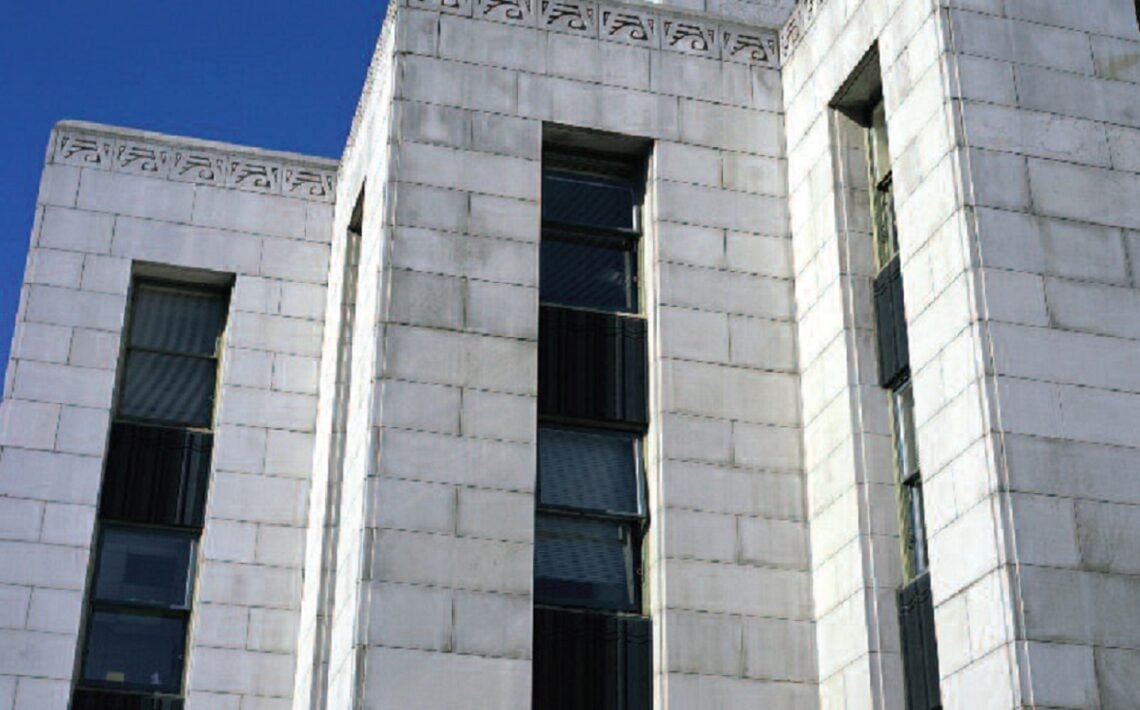
Definitely a building material unlike our previous entry, Ashcrete is a concrete-like substance made using fly ash, which is generated whenever you burn coal.
About 97% of the constituents of concrete can be replaced with this recycled material, so at least the world will be doing some good to right the blackness we so love to pump skyward.
Other than its environmental benefits, Ashcrete is denser than concrete yet provides a far smoother surface and the capacity for sharper detail. This stylistic perk will be of certain appeal to visionary architects of the future, and we hope they use it for good instead of evil.
Ashcrete is easier to use in cold weather conditions so will be extremely useful in any unexpected ice ages.
It also requires less water than cement and so a worldwide Saharan-style heatwave will also be more easily navigated.
Energy Efficiency of Green Alternatives to Concrete
Energy efficiency is a crucial factor when selecting sustainable building materials.
HempCrete exhibits excellent thermal insulation properties, with R-values ranging from 2.0 to 4.3 per inch, reducing heating and cooling energy consumption.
Straw bales provide similar benefits with R-values between 1.45 and 2.01 per inch, depending on their density and orientation.
Rammed earth has a moderate R-value of approximately 0.25 per inch but provides significant thermal mass for passive solar design.
In comparison, bamboo and recycled steel demonstrate varying energy efficiency levels, with performance influenced by factors such as material thickness, density, and design considerations. Evaluating energy efficiency requires assessing embodied energy, which accounts for the energy consumed during the extraction, processing, transportation, and installation of materials, as well as their potential for reuse or recycling at the end of a building’s life.
Acoustic Properties of Sustainable Building Materials
With the increased adoption of sustainable building materials, it is essential to address their acoustic properties to ensure a comfortable living environment. Hempcrete, bamboo, and straw bales, for instance, possess good sound insulation properties due to their porous and fibrous structure, which helps in dampening noise transmission.
Meanwhile, rammed earth and recycled steel have comparatively lesser soundproofing effectiveness due to their dense composition. The acoustic performance of these materials must be taken into account alongside their sustainability benefits to make informed decisions for your construction project. For comprehensive guidance on achieving optimal noise reduction, explore our guide on effective soundproofing materials.
Green Alternatives to Concrete Conclusion
Our Top 11 Green Building Materials have spanned from pure plant produce and the earth itself to amalgamations of concrete with the wastage from our current wasteful ways of powering humanity.
It pleases us that these materials are in current and increasing use, yet it worries us that our celebration of them is an answer to our destruction of the planet beneath our feet.
Which of these materials do you think will have the greatest impact in the future? Do you think there’ll even be a future for our descendants to enjoy?
Sound off in the comment section below.
Let’s minimize the suffering of those unfortunate enough to be born in the apocalyptic wasteland that we’ve spent so long stoking.
Until next time, keep it green!



